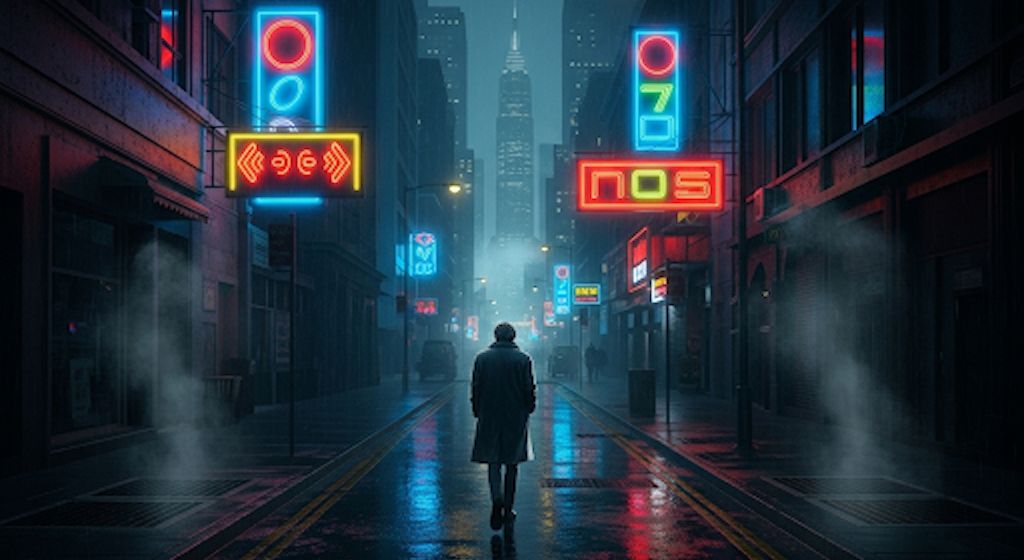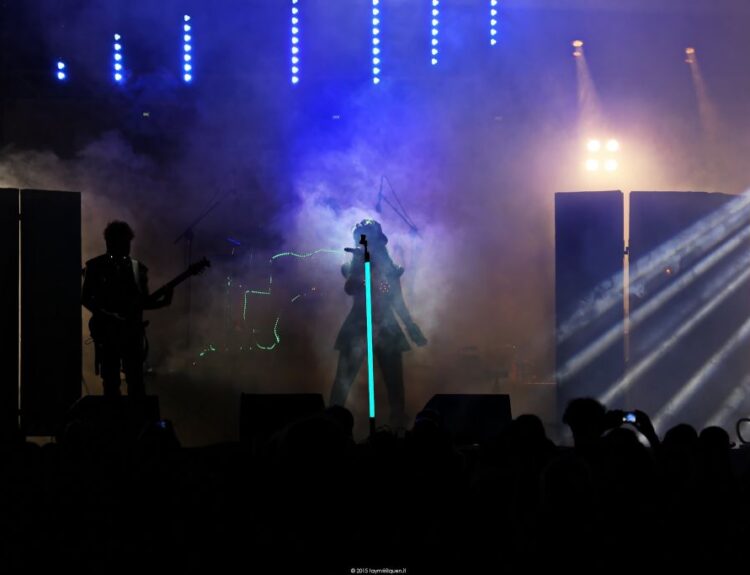The story and prophetic meaning of “The Sound of Silence” , between melancholy and cultural omens.
A Song Born in the Shadows
It was 1964, and Simon & Garfunkel were still two young New York artists trying to make a name for themselves in the folk scene. Their album Wednesday Morning, 3 A.M. included an intimate piece, just voice and guitar: “The Sound of Silence”. No one imagined that those words, written two years earlier in a bathroom with the lights off while Paul Simon wrote alone, would become a generational anthem. At the time, the song went almost unnoticed, relegated to the ranks of the many folk songs that couldn’t find a place on the pop charts.
The Historical Context and the Echoes of Tragedy
The United States had just recovered from the shock of John F. Kennedy‘s assassination. Although “The Sound of Silence” had been written before that November of 1963, its somber tone seemed to resonate with the national mourning. Phrases like “People talking without speaking” and “People hearing without listening” seemed to depict a people incapable of truly expressing and sharing their pain. For many, it wasn’t just a song: it was a reflection of a wounded America, searching for words it couldn’t find.
The metamorphosis into a worldwide hit
The turning point came almost by accident. In 1965, producer Tom Wilson decided to experiment: he took the original acoustic recording and added electric guitars, bass, and drums, following the new wave of Bob Dylan‘s folk-rock. Simon & Garfunkel hadn’t even been notified. When they heard the new version on the radio, the song was already climbing the charts. By January 1966, “The Sound of Silence” reached number one on the Billboard Hot 100. The song, written in silence, at night, had become a voice for millions.
From mourning to cultural omens
Time has transformed the song’s meaning. In the 1960s, it was the melancholy chant of a disillusioned generation; today, many read it as a prophecy. “People talking without talking” seems to perfectly describe social media: a flood of messages, posts, and comments that often convey nothing real. Paul Simon, perhaps unintentionally, described the emotional isolation that characterizes our present.
The Power of Silence in Pop Culture
From films (The Graduate) to TV series, from commercials to documentaries, “The Sound of Silence” has been used in moments of strong emotional impact. The song has become a universal soundtrack for scenes of introspection, sadness, or dramatic turning points. Every time “Hello darkness, my old friend” comes on, it seems as if time stands still and forces us to look within ourselves.
A Timeless Legacy
Today, more than fifty years after its release, “The Sound of Silence” continues to speak to anyone willing to listen, truly. It’s proof that some songs can begin as whispers and, over time, become powerful echoes of different eras. Perhaps it wasn’t truly a prophecy, but the fact that its lyrics continue to describe our present so well makes it, in all respects, one of the most “visionary” songs in the history of music.




